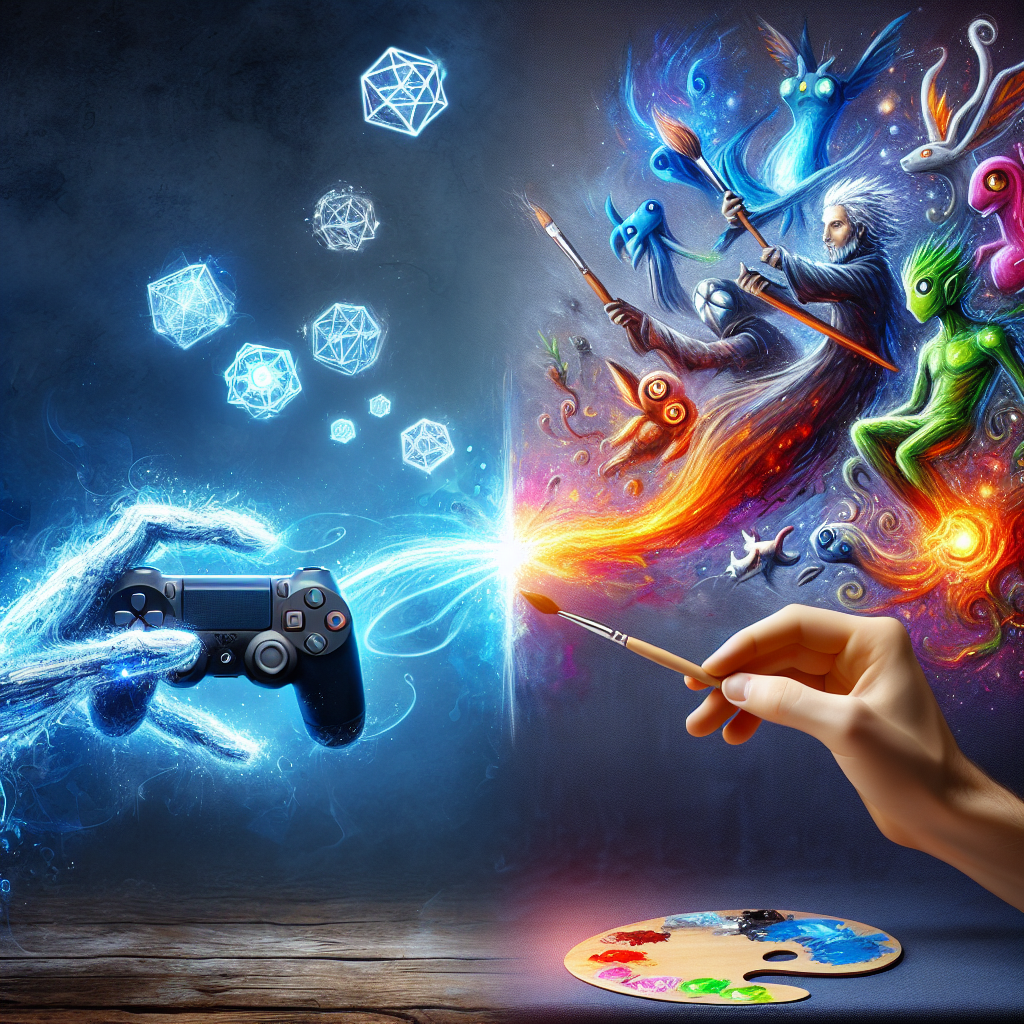Beyond the Screen: Transforming Gaming Lore into Captivating Fan Art
The world of gaming is vast and immersive, filled with intricate lore and compelling narratives that beckon players into fantastical realms. While many are drawn into these virtual landscapes to experience the thrill of gameplay, there exists a vibrant community of artists who interpret and expand upon these narratives through fan art. In this article, we explore the intersection of gaming lore and visual artistry, examining how fan art transforms characters, stories, and environments into captivating visual experiences.
The Allure of Gaming Lore
Video game lore serves as the backbone of any compelling title, offering a rich tapestry of characters, histories, and mythologies. From the expansive universe of The Elder Scrolls to the intricate narratives of Dark Souls, every game presents unique stories that resonate with players. These narratives invite fans to engage not only through gameplay but also through exploration and discussion, creating a shared universe that extends beyond the screen.
For many gamers, the inherent beauty of these narratives lies in their depth and complexity. Characters often undergo significant development, realms are richly imagined, and conflicts are multi-faceted. This provides fertile ground for artists to explore themes of heroism, tragedy, and human (or non-human) emotion—elements that fan artists frequently enhance by bringing their interpretations to life.
The Role of Fan Art in Gaming Culture
Fan art occupies a unique niche in the gaming community, serving both as an expression of admiration and a form of creative storytelling. Artists harness their unique visual styles to reimagine beloved characters or to depict scenes that resonate with their personal experiences of the game.
Platforms like DeviantArt, ArtStation, and social media apps such as Instagram and Twitter have transformed fan art into a mainstream phenomenon. Artists can now reach a global audience, sharing their work with fellow fans, discussing techniques, and even collaborating with others in the community. This accessibility allows for the proliferation of diverse perspectives within the art, as every artist brings their cultural background and personal insights into their work.
Techniques for Transforming Lore into Art
The transformation of gaming lore into fan art involves various techniques and approaches, many of which reflect the artist’s style and intention:
1. Character Redesigns
One of the most popular avenues for fan art is character redesign. Artists take existing characters and reimagine them, often altering their outfits, poses, and personalities. This allows them to explore different facets of the character’s identity while creating something fresh that honors the original design.
2. Scene Recreation
Many artists choose to recreate memorable scenes from games, capturing pivotal moments that resonate emotionally with fans. These pieces often involve intricate backgrounds and detailed action poses, channeling the energy of the gameplay experience into a still image.
3. Crossover Art
Crossover fan art blends characters and elements from different games or even other media. This genre allows artists to experiment with storytelling, placing beloved characters in unexpected scenarios or interactions. Such art often invites humor and creativity, allowing fans to explore "what if" scenarios that enrich both narratives.
4. Thematic Illustrations
Some artists focus on key themes or motifs within a game, producing art that captures the essence of the narrative rather than specific characters. For example, an illustration might emphasize the theme of redemption found in The Last of Us, providing a poignant commentary on the human experience that extends beyond the confines of the game.
Community Engagement and Impact
The impact of fan art extends well beyond its aesthetic value. It fosters community engagement and provides a platform for discussions about lore, character development, and individual interpretations of the game’s narrative. Artists often share the inspiration behind their works, inviting dialogue and fostering connections with fans who share similar passions.
Furthermore, fan art can also influence the gaming industry. Developers and publishers often take notice of popular fan interpretations, occasionally incorporating elements from fan art into official merchandise or even future game designs. This connection between fans and creators illustrates the symbiotic nature of gaming culture, where both parties can inspire and influence each other.
Conclusion
Fan art serves as a powerful medium that breathes new life into gaming lore, inviting players to explore familiar worlds through a fresh lens. By transforming narratives into visual masterpieces, artists not only express their admiration but also enrich the gaming community. As the gaming industry continues to evolve, the bond between lore and fan art will remain a vital aspect, bridging the gap between screens and the vivid imaginations of fans. Through artistry, we celebrate the stories that shaped our gaming experiences, ensuring that these tales end up journeying far beyond the screen.




